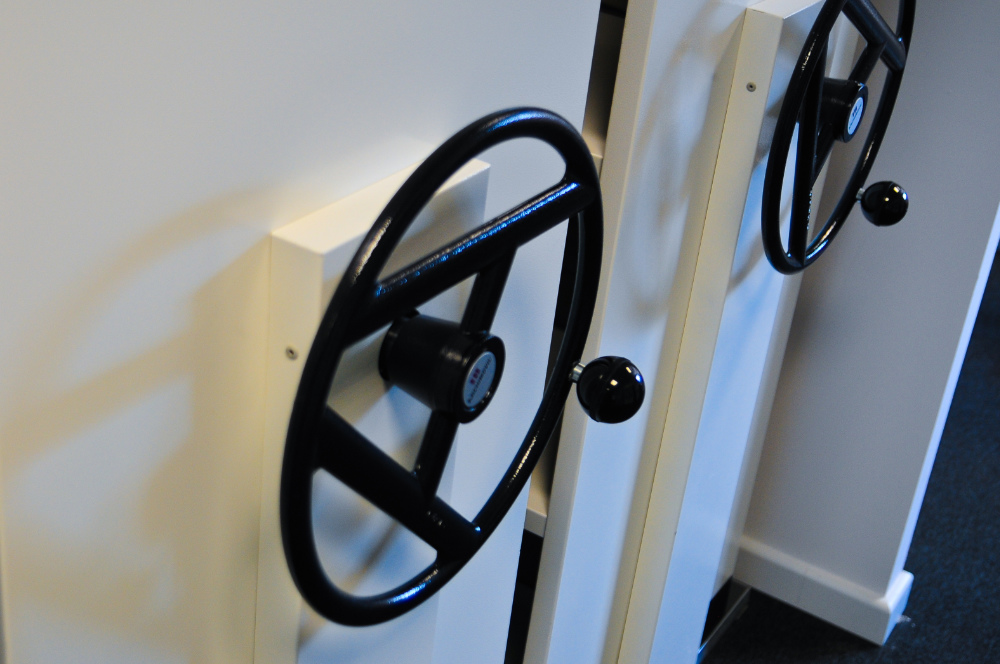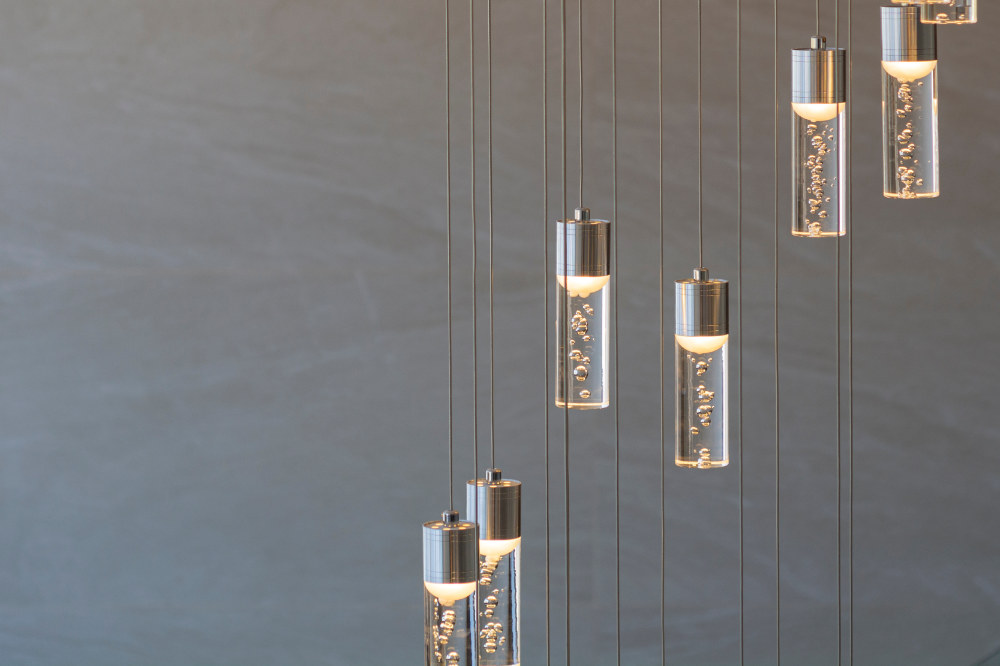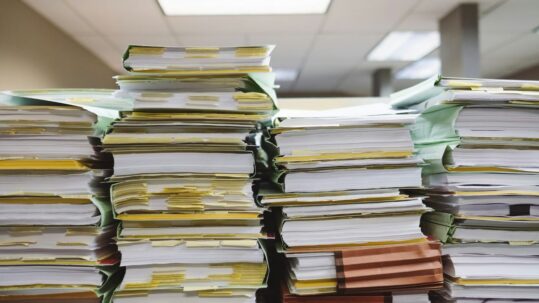Patents and utility models
What is a Patent?
A Patent, and also a Utility Model, protects inventions or technical innovations, provided that they are new, result from an inventive step and are susceptible of industrial application.
An invention is considered to be new when it is not covered by the prior art, consisting of anything which, before the filing date of the patent application, has been made available to the public by a written or oral disclosure, by being used or by any other means.
The Patent confers on its holder an exclusive right with a maximum duration of 20 years, subject to the payment of annuities to keep it in force during this period.
The Utility Model requires lower inventive step than the patent, has a simpler and quicker granting procedure, and provides shorter protection, with a maximum duration of 10 years.
To obtain a Patent or a Utility Model, an application must be filed in which the invention is fully described. This document is disclosed by means of a publication, produced by the Patent Office, which is accessible online without restriction. This publication is unavoidable if you want to obtain a Patent or a Utility Model, because the system is based on the principle of public disclosure of the invention in exchange for time-limited exclusivity.
If no disclosure is desired, in cases where it is possible to keep the invention secret, an alternative option is not to apply for Patents or Utility Models and to base protection on Trade Secrets.
Why and when patenting?
Any innovation, whether an invention or the shape or ornamental feature of an article, is susceptible to legal protection through a form of Intellectual Property that guarantees its owner an exclusive right to prevent third parties from exploiting it.
Inventions are technical innovations that can be protected by Patents or Utility Models. In both cases, the basic reason for legal protection is the same: to ensure that the innovator makes a return on the investment needed to develop the innovation, protecting him or her against usurpation by third parties. However, it is important to bear in mind that both Patents and Utility Models involve public disclosure of the technical or scientific information on which the invention is based, in exchange for obtaining a time-limited exclusive right.
The decision to protect an invention by means of a Patent or a Utility Model must be taken taking into account the costs and benefits, because, in addition to the above-mentioned compensations, obtaining a Patent or a Utility Model has a prosecution cost, which can be significant depending on the type and geographical extent of protection, and sustained maintenance costs (payment of annuities for 20 or 10 years).
How can we assist you?
Before
- Preliminary advice on strategy and registration suitability
- Search for prior rights
- Analysis of the legal status of prior rights
- Freedom to operate analysis
- Legal advice and defence against claims from third
parties
During
- Preparation and filing of the Patent or Utility Model application
- Monitoring of registration process
- In case of objections or opposition from third parties, examination and defence of the application
- Obtaining the registration certificate
- Extension and international prosecution of patent applications
After
- Monitoring of new third-party applications published
- Lodging of oppositions to these if they prejudice the rights and interests of the client
- Sending reminders for renewal and maintenance of registrations at national and international level.
- Preparation of licensing, assignment, or other contracts
- Recordal of contracts with the relevant authorities
- Counselling against infringing behaviour of third parties
- Sending of cease-and-desist letters and pre-judicial negotiation
- Litigation services in infringement proceedings and legal defence in lawsuits
- Expert reports
- Evaluation of Patent portfolios
How can we assist you?
Before
- Preliminary advice on strategy and registration suitability
- Search for prior rights
- Analysis of the legal status of prior rights
- Freedom to operate analysis
- Legal advice and defence against claims from third
parties
During
- Preparation and filing of the Patent or Utility Model application
- Monitoring of registration process
- In case of objections or opposition from third parties, examination and defence of the application
- Obtaining the registration certificate
- Extension and international prosecution of patent applications
After
- Monitoring of new third-party applications published
- Lodging of oppositions to these if they prejudice the rights and interests of the client
- Sending reminders for renewal and maintenance of registrations at national and international level.
- Preparation of licensing, assignment, or other contracts
- Recordal of contracts with the relevant authorities
- Counselling against infringing behaviour of third parties
- Sending of cease-and-desist letters and pre-judicial negotiation
- Litigation services in infringement proceedings and legal defence in lawsuits
- Expert reports
- Evaluation of Patent portfolios







